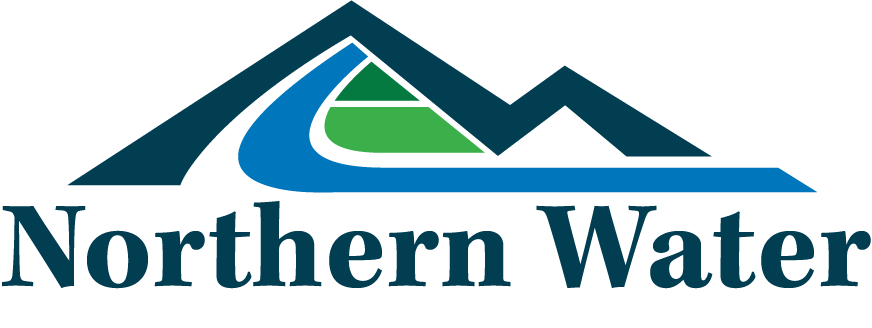Grand Lake Clarity
Why Grand Lake Clarity Matters
Grand Lake, Colorado’s largest and deepest natural lake, is located in the headwaters of the Colorado River in Grand County on the West Slope of the Continental Divide. A feature of the Colorado-Big Thompson Project, Grand Lake is interconnected with Shadow Mountain Reservoir and part of the Three Lakes System that also includes Lake Granby.
During the snowmelt runoff period, the native inflows to Grand Lake and Shadow Mountain Reservoir are sufficient to meet East Slope delivery requirements through the Adams Tunnel. During this time, water that doesn’t flow into the Adams Tunnel flows downstream from Grand Lake into Shadow Mountain Reservoir and then eventually into Lake Granby via the Colorado River. When runoff flows taper off and inflows into Grand Lake and Shadow Mountain Reservoir are no longer sufficient to meet East Slope delivery requirements, water is pumped from Lake Granby into Shadow Mountain Reservoir via the Farr Pump Plant and the Granby Pump Canal. The pumped water flows by gravity from Shadow Mountain Reservoir to Grand Lake via the connecting channel and eventually to the west portal of the Adams Tunnel.
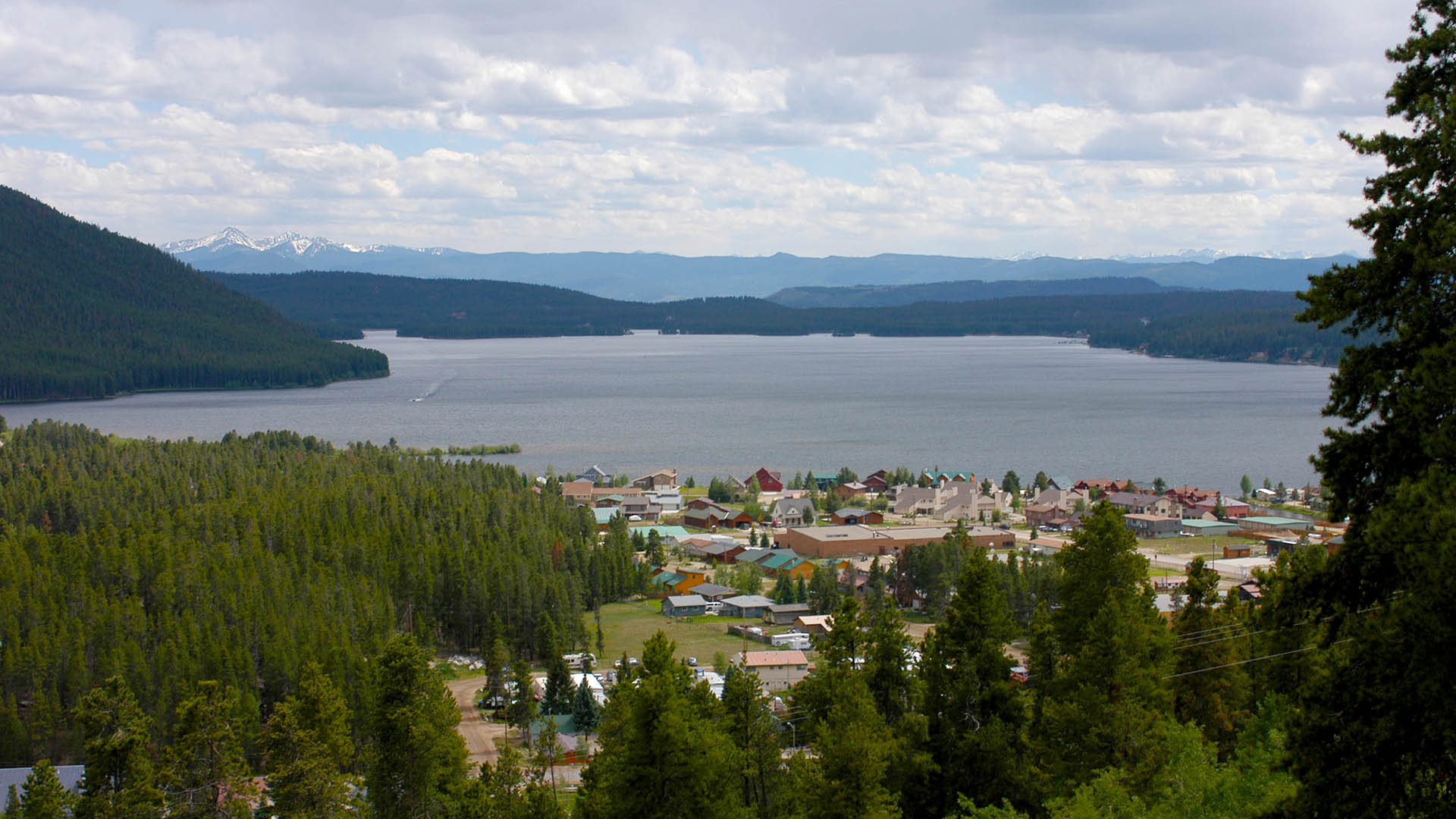
Hydrology and operations have an important impact on water quality because of their direct influence on reservoir water levels, hydraulic residence times, and the sources and volumes of water that enter each water body. As pumped water flows through Shadow Mountain Reservoir to Grand Lake, some degradation in water quality can occur due to shallowness of the reservoir, resuspension of bottom sediments, and its susceptibility to algal growth. These factors all have the potential to impact Grand Lake clarity.
The 1937 Senate Document 80 broadly describes the C-BT Project and its intended water supply and power generation features. This document states that the Project must be operated in a manner to accomplish five primary purposes. One of those purposes is “to preserve the fishing and recreational facilities and the scenic attractions of Grand Lake, the Colorado River, and the Rocky Mountain National Park.” C-BT Project operations have impacted Grand Lake clarity and Grand County believes that this has affected the lake’s scenic attraction. As a result, Grand County engaged the U.S. Bureau of Reclamation, Northern Water and other stakeholders, to improve water quality conditions and preserve the scenic attractions of Grand Lake.
Grand Lake and Three Lakes ReportsDoing Our Part to Maintain Grand Lake Clarity
In 2008, the Colorado Water Quality Control Commission (WQCC) adopted a narrative and numeric clarity standard for Grand Lake—the first of its kind adopted in Colorado. In response, the Three Lakes Nutrient Study Technical Committee, which was initially formed to study nutrient issues in the CB-T Project area, evolved with a more specific focus on understanding the factors controlling Grand Lake clarity and water quality in the Three Lakes system.
During the committee’s tenure from 2008 to 2015, extensive water quality data collection and analyses were carried out including routine water quality sampling, installation of continuous water quality monitoring stations, Secchi monitoring, and flow gaging. Data supported the development of the Three Lakes water quality model, and numerous studies and reports documented factors that affect Grand Lake clarity and water quality in the Three Lakes, including the relationship between water quality and C-BT Project operations.
The WQCC amended the Grand Lake clarity standard in 2014 and adopted the narrative standard that reads: “The highest level of clarity attainable, consistent with the exercise of established water rights, the protection of aquatic life, and protection of water quality throughout the Three Lakes System.”
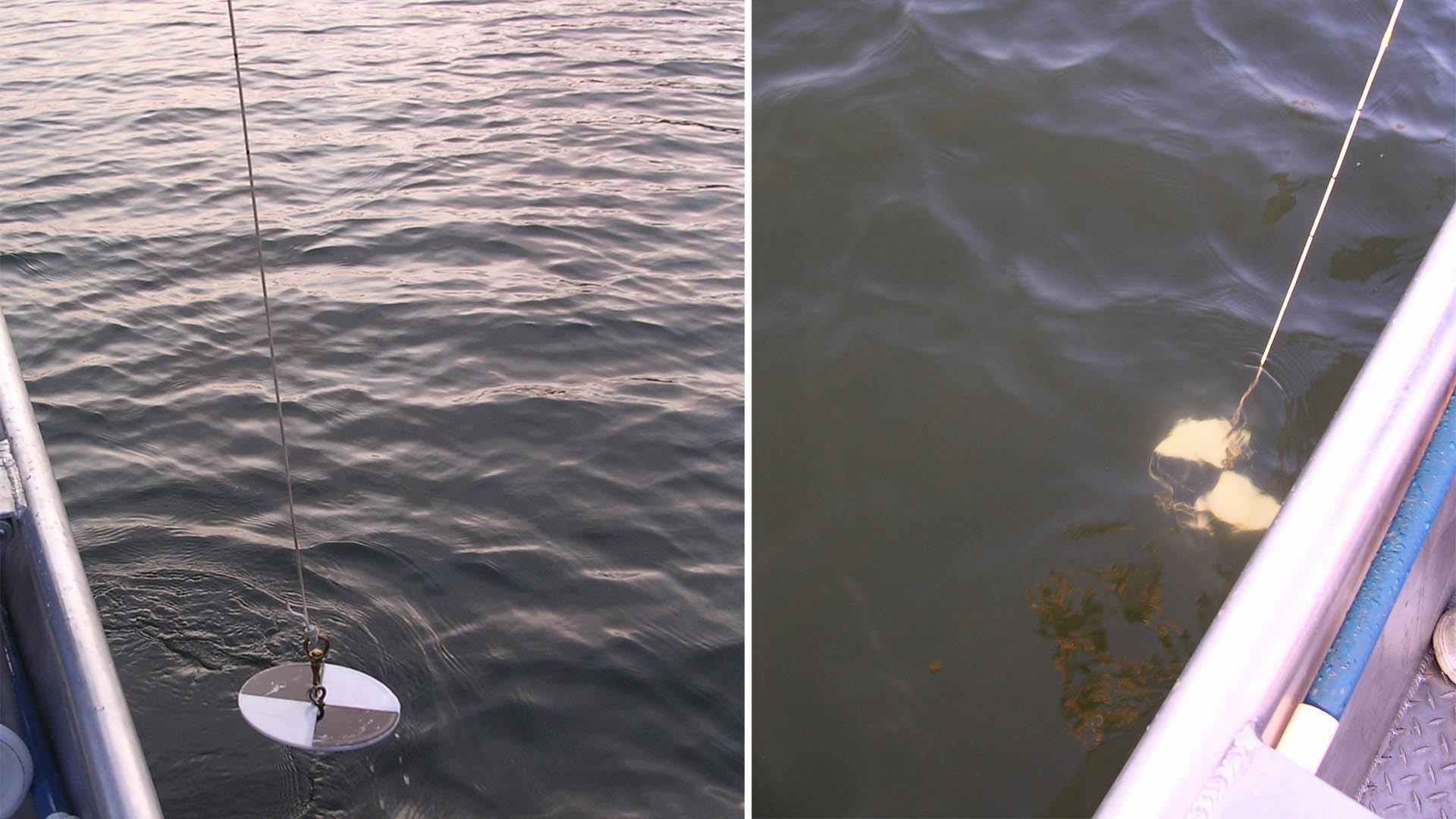
The WQCC required that the parties engage in a cooperative effort to implement the narrative standard, resulting in an adaptive management process that was established in the Grand Lake Clarity Stakeholders Memorandum of Understanding (MOU). Effective until Jan. 1, 2022, the MOU was signed in 2016 by Northern Water, Reclamation, Grand County, the Northwest Colorado Council of Government and the Colorado River Water Conservation District. In 2016, the WQCC revoked the numerical standard adopted in 2008 and adopted the clarity goal qualifiers of 3.8-meter Secchi depth average and 2.5-meter Secchi depth daily minimum to be met throughout the July 1 to Sept. 11 clarity season.
Adaptive Management Results
| Goals/Triggers | 2020 | 2021 | 2022 | 2023 | 2024 | 2025 | |
|---|---|---|---|---|---|---|---|
| Grand Lake Clarity Running Average July 1 to Sept. 11 (m) | 3.8 | 3 m | 3.6 m | 3.2 m | 4.2 m | 4.5 m | 4.1 m |
| Grand Lake Clarity Running Minimum July 1 to Sept. 11 (m) | 2.5 | 2.4 m | 2.7 m | 2.6 m | 3 m | 3.7 m | 2.9 m |
Northern Water and members of the Adaptive Management Committee (AMC) must implement specific steps and actions outlined in the MOU annually as part of the adaptive management process. The steps include:
- Reclamation develops C-BT operational scenarios for the upcoming season with water quality responses predicted by simulations of the Three Lakes water quality model;
- AMC reviews the operational scenarios and modeling results at a meeting on or before June 1;
- Reclamation develops a final operational plan by June 21;
- AMC conducts weekly conference calls from July 1 to Sept. 11 to review and discuss the collected water quality data and provide input to Reclamation for potential changes to the operational plan necessary to meet the goal qualifiers and other water quality triggers and thresholds; and
- Preparation of an annual summary report for submittal to the WQCC.
Measuring Clarity
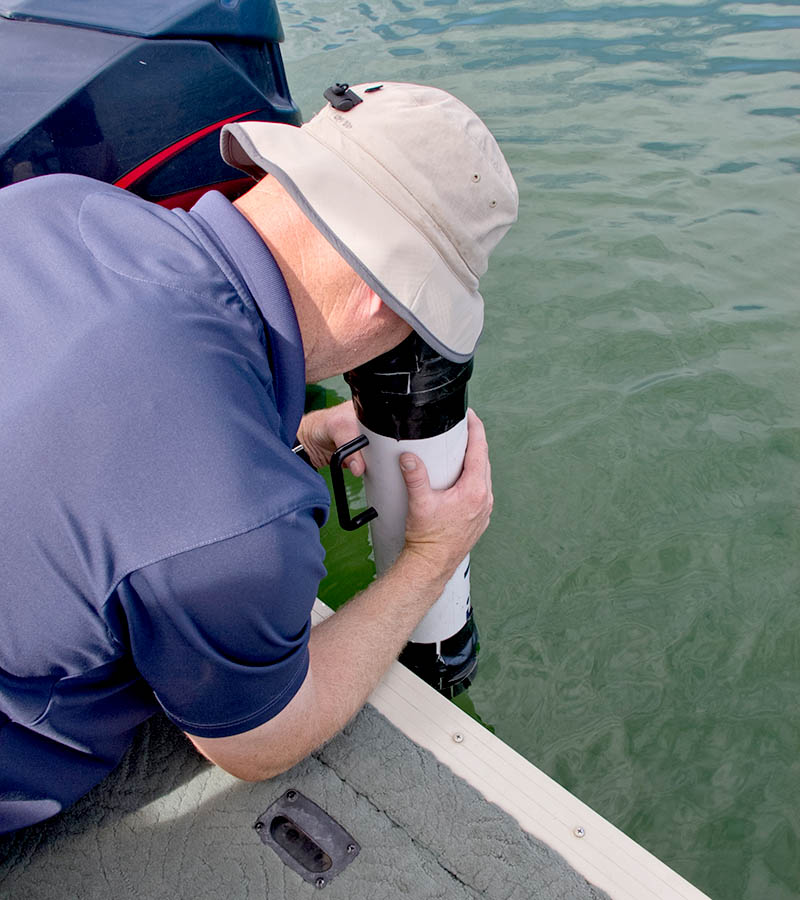
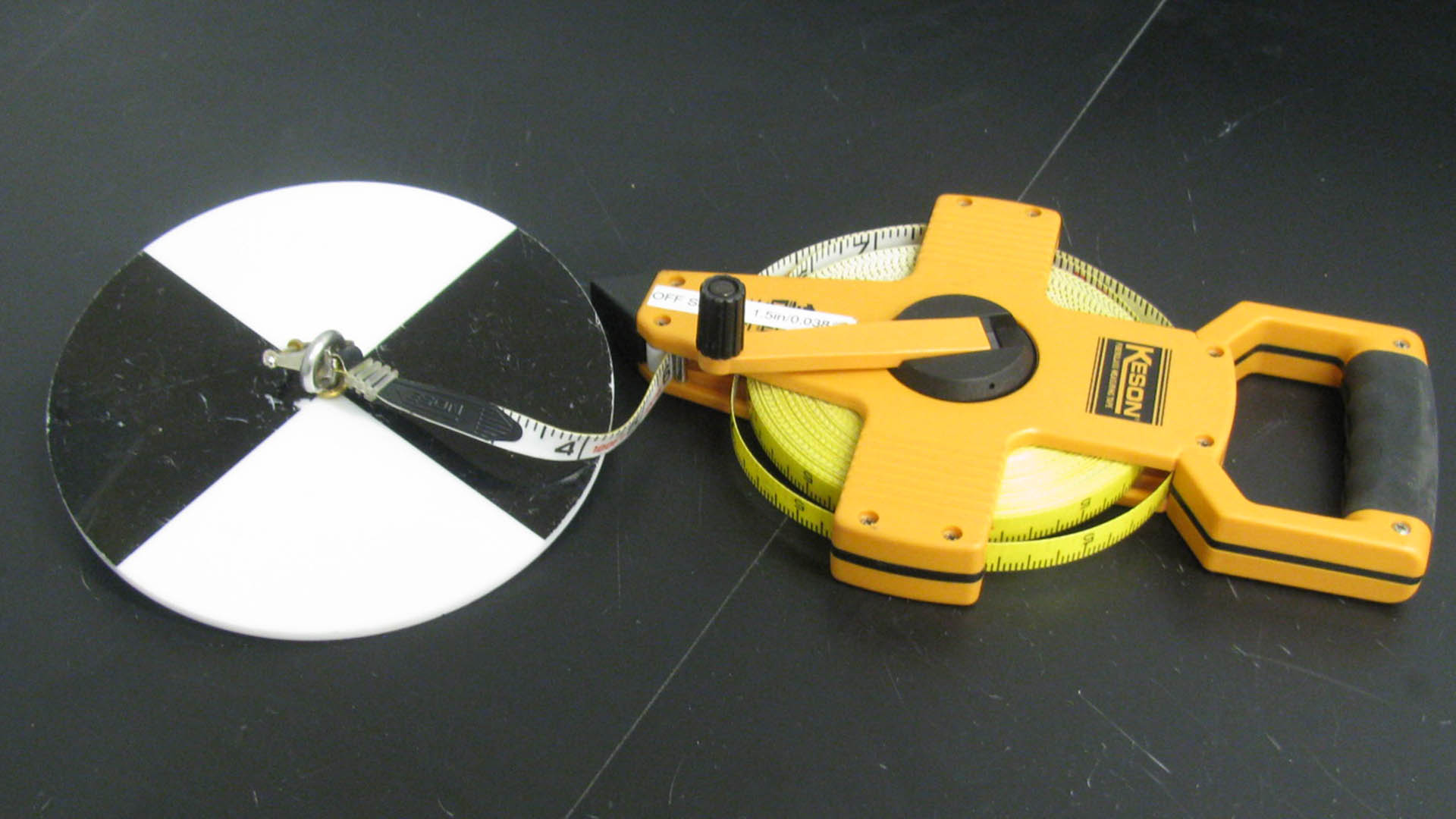
Current and historic Grand Lake clarity measurements are based on Secchi depth, which is measured by lowering a Secchi disk into water. A Secchi disk is a circular plate divided into quarters painted alternatively black and white. The distance at which the disk disappears in the water is the Secchi depth. A higher Secchi depth equates to greater clarity. Visual water clarity, the distance at which objects can be seen through water, is typically described by Secchi depth measurements.
In September 1941, a Secchi depth reading of 9.2 meters (30 feet) was recorded at Grand Lake, before most C-BT facilities were built or operational. In June through September 1953, observers recorded Secchi depth readings ranging from 1.2 to 3.8 meters (4 to 12.5 feet) at Grand Lake. By this time the movement of C-BT water through Grand Lake was impacting clarity. However, the single 1941 Secchi depth does not adequately represent year-round clarity prior to C-BT construction since we know that clarity varies throughout the year due to natural influences such as spring runoff inflows. We continue to provide ongoing data analysis and reporting that shows that clarity in Grand Lake is improving, likely due to recent C-BT Project operational changes developed as part of the Grand Lake Adaptive Management process.
Northern Water and its partners currently conduct Secchi measurements several times a week throughout the July 1 through Sept. 11 Grand Lake Adaptive Management clarity season. The Grand Lake Adaptive Management Committee participates in weekly conference calls to review the Secchi measurements and other water quality conditions, and discuss potential operational changes to help meet the 3.8-meter seasonal average and 2.5-meter minimum Secchi depth goal qualifiers, while also meeting the Shadow Mountain Reservoir water quality thresholds.
Grand Lake Clarity - Historical Secchi Data